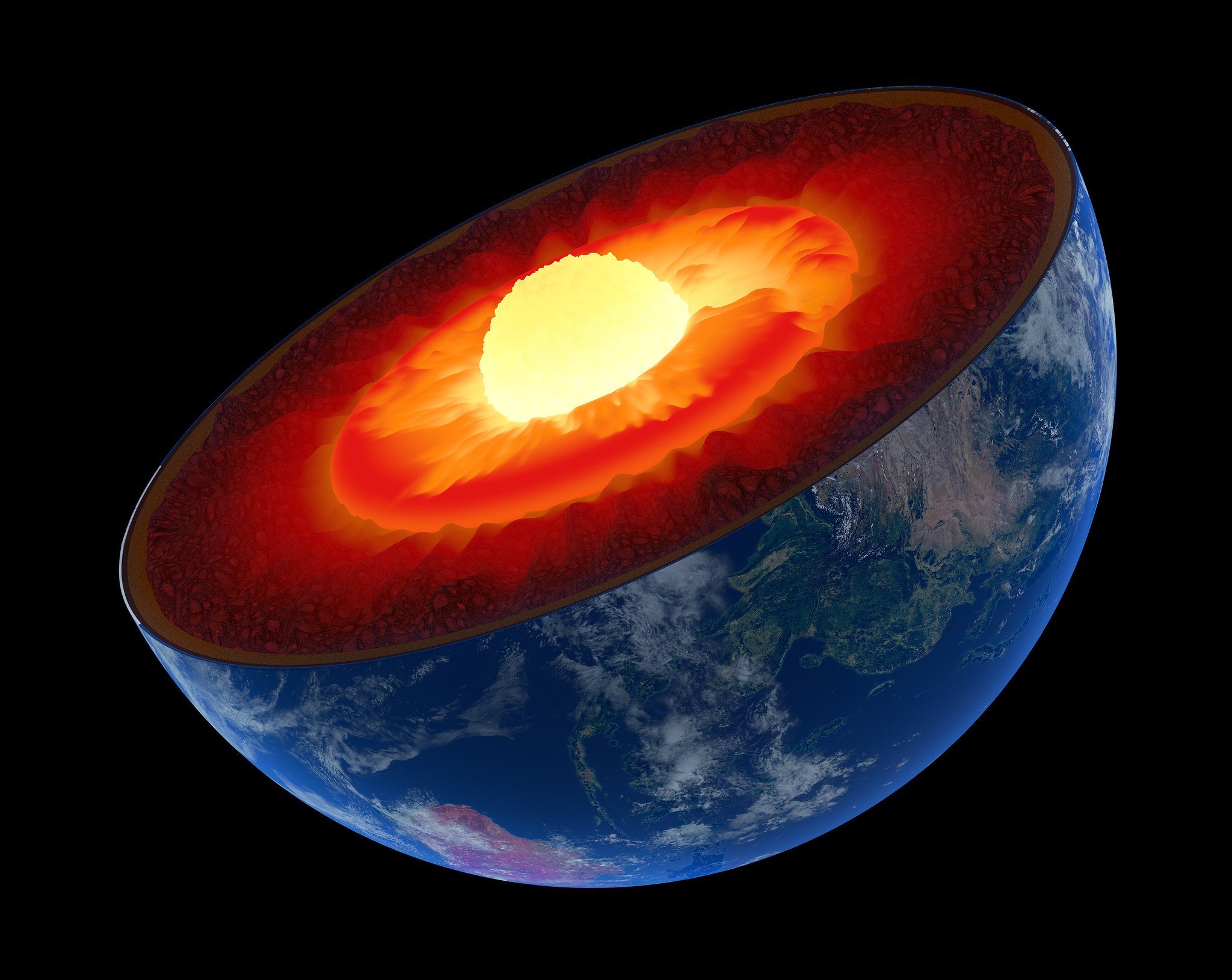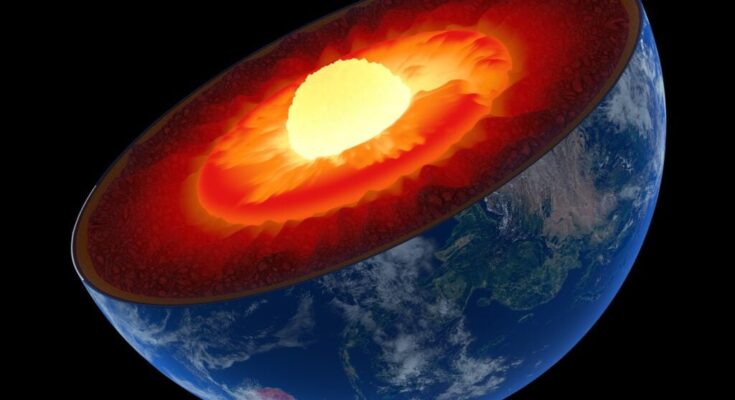
Historically, scientists have thought the Earth’s core to be simple, composed of an inner solid core, a liquid outer core and a magnetic field powered by the liquid outer core. However, scientists have now discovered a mysterious large donut-shaped region located within Earth’s outer core.
On September 3, 2024, scientists at the Australian National University said they discovered the new donut-shaped region in Earth’s core by analyzing seismic waves that passed through the planet’s core.
Through this method, they were able to pinpoint where the regions are located. This is on top of the outer liquid core, where the core meets Earth’s mantle.
Seismic waves move 2 percent slower through the donut region of the Earth’s core
Scientists who led the investigation, Hrvoje Tkalcic and Xialong Ma explained:
“We think this region contains lighter elements such as silicon and oxygen and may play a crucial role in the vast currents of liquid metal running through the core that generate Earth’s magnetic field.”
The method the scientists used to find Earth’s donut-shaped region was what ultimately helped them determine its size, since waves move 2% slower here than in the rest of Earth’s core.
Tkalcic explains:
“The region sits parallel to the equatorial plane, is confined to the low latitudes, and has a donut shape. We don’t know the exact thickness of the donut, but we inferred that it reaches a few hundred kilometers beneath the core-mantle boundary.”
What makes this new approach to seismic waves so revolutionary?
Essentially, the scientists researching this mysterious new region in Earth’s core used seismic waves generated by earthquakes to begin to comprehend this new region. But that’s not all they did.
Scientists who research seismic waves usually study them within an earthquake event. This time, the team led by Ma and Tkalcic waited for several hours before studying the seismic wave effects.
This change in methodology allowed the team to understand the geometry of the paths of the waves and how they moved through the Earth’s outer core. By observing seismic waves in the hours after an earthquake took place, they were then able to reconstruct their travel times through the Earth, and so demonstrated the presence of a previously undiscovered region at the center of the planet.
Earth’s mysterious donut-shaped region stayed undetected for so long because previous studies around the Earth’s core had collected data with much less volumetric coverage of the planet’s outer core.
The team was able to achieve better volumetric coverage because they focused their study on reverberating waves for hours after large earthquakes.This proved to be a key difference.



